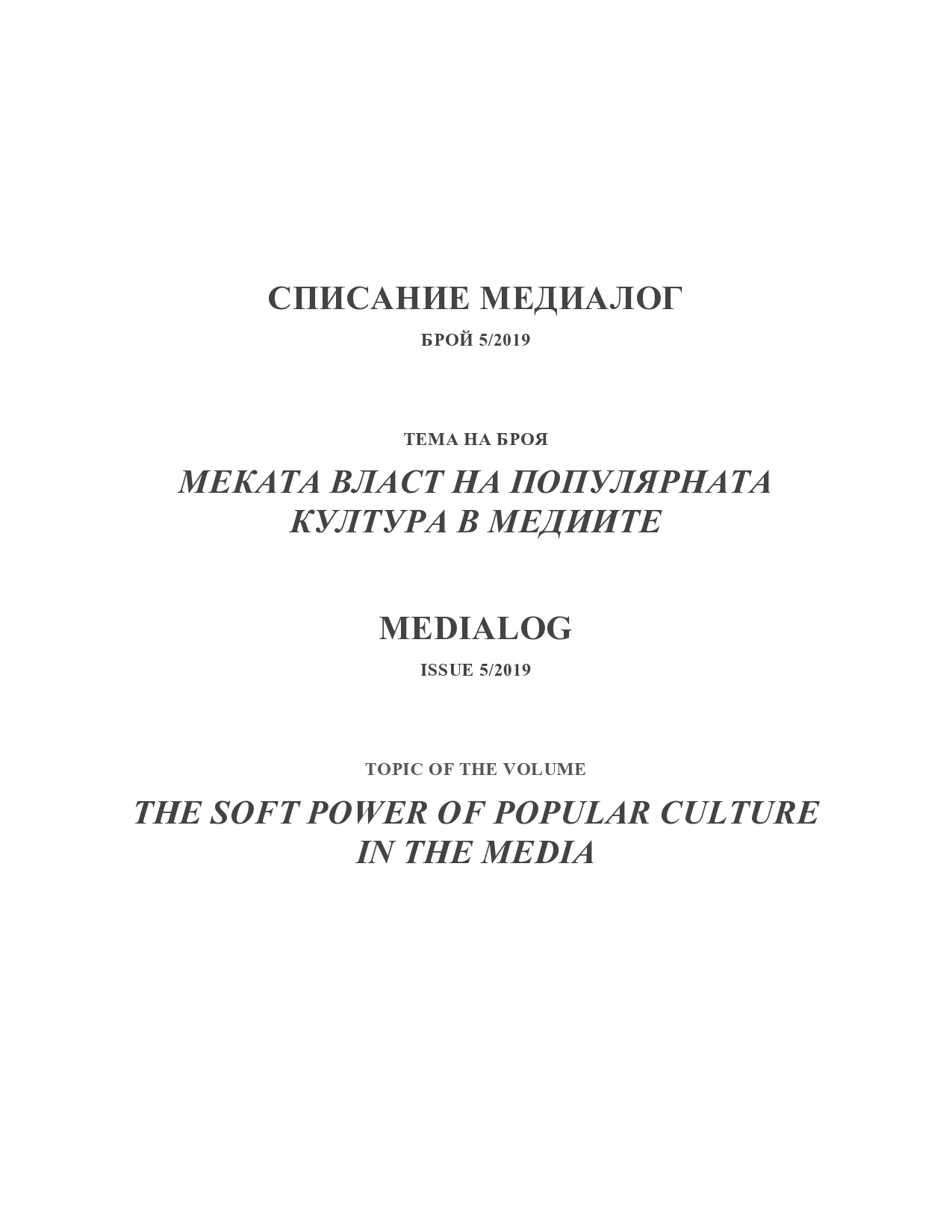
Пътеводител на антропологическия стопаджия
A review of Ivaylo Dichev’s book „Cultural scenes of the political”
More...We kindly inform you that, as long as the subject affiliation of our 300.000+ articles is in progress, you might get unsufficient or no results on your third level or second level search. In this case, please broaden your search criteria.

A review of Ivaylo Dichev’s book „Cultural scenes of the political”
More...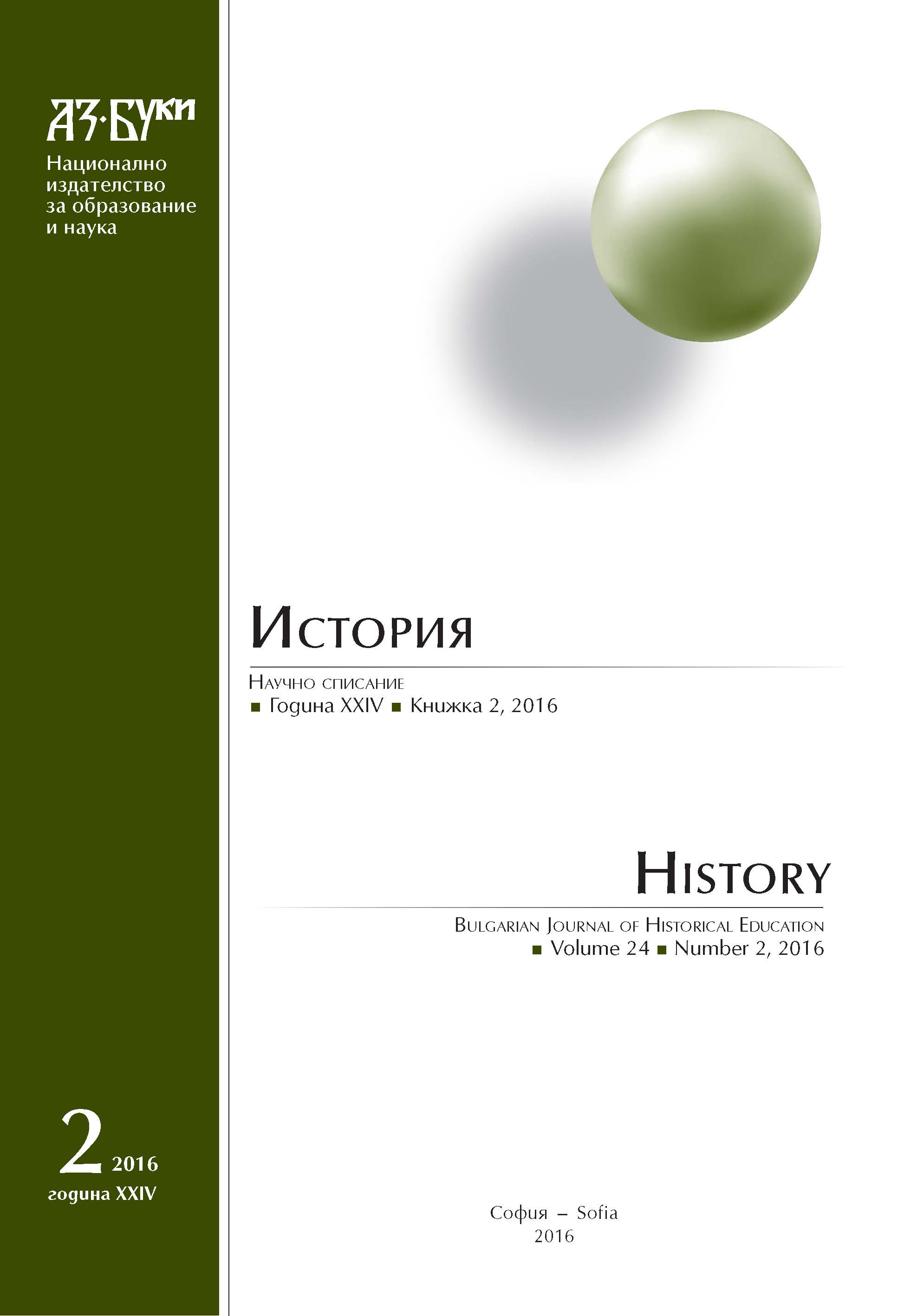
The aim of this article is to present the results of the author’s profound investigation on German-Bulgarian cultural relations since the beginning of the 20th century to the mid-1940s of the 20th century and to give an assessment of the cultural contacts between both countries in the context of Bulgarian political and historical development. The article reveals different aspects of the cultural contact between Germany and Bulgaria in the fields of theatre, fine and applied arts. The author emphasizes the role of the training of many Bulgarian artists in German art institutions and the establishment of German-Bulgarian cultural associations. The article is based on the findings of published studies as well as on the author’s own research undertaken in many museums, archives, private and institutional art collections, situated in Germany and Bulgaria.
More...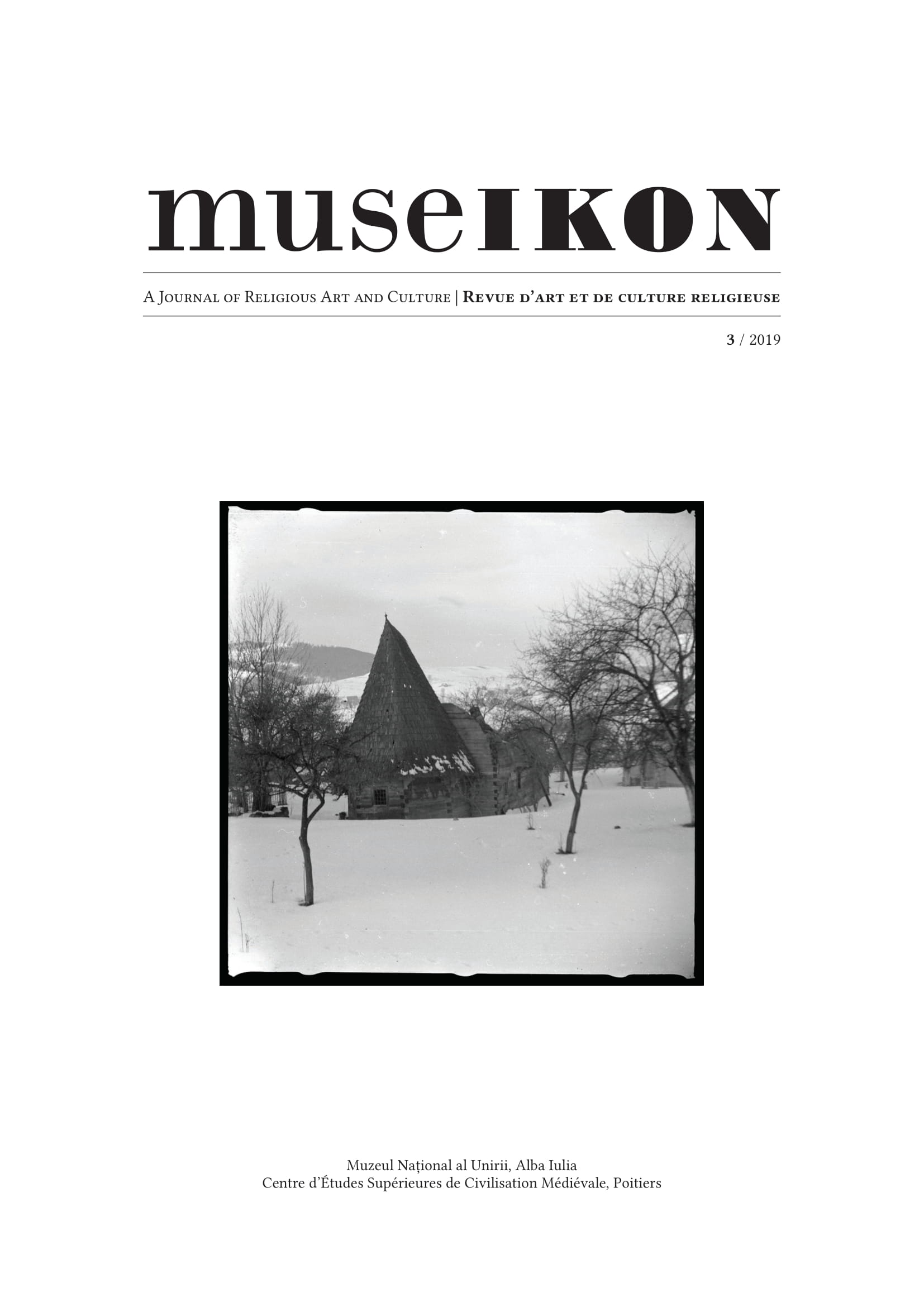
Following in the footsteps of the two conferences of Poi-tiers (Heresy and Bible translation in the Middle Ages and at the dawn of the Renaissance, October 27, 2017, Centre d’Études Supérieures de Civilisation Médiévale) and Alba Iulia (Vernacular Psalters and the Early Rise of Linguistic Identities, June 27-28, 2018, Museikon), the nucleus of researchers already collaborating in a previous Museikon pu-blication (Vernacular Psalters and the Early Rise of Linguis-tic Identities: The Romanian Case, Bucharest, dark Publi-shing / Muzeul Național al Unirii Alba Iulia, ‘Museikon Stu-dies’, 1, 2019) decided to expand the scope of their commoneffort and see how a comparative philological approach would work on a practical level. The idea of this collective research and paper came naturally in the early stages of thepreparation of a future project dealing with a comparativeapproach of vernacular Psalters and Gospels both in rela-tion to their high-prestige Greek, Latin, or Church Slavonicsources, and at an intravernacular level, where some of them could have influenced the others. The comparisons bet-ween vernacular translations are useful for the identification of translation clusters active in several languages and for the reconstruction of a pan-European forma mentis which shaped the early vernacular renderings of the Bible.The present paper is also an editorial test. While experi-menting with format, the contributors equally tested how common publications such as this may be replicated in thenear future, in a journal dedicated only to a comparativephilological study of early Bible translations. The current subject (musical instruments terminology) was chosen in order to provide a representative prospective section ofThe Musical Instruments in the Early Vernacularagakcmmcpcpgccaecerhkisickvmuvathe entire corpus. New collaborators were invited to join inand contribute to the exploration of the more difficultaspects of the study, thus anticipating the opening of philology to a wider array of disciplines, according to the needs of the explored realia. Since the topic is far from being exhausted and since many European languages are not yet dealt with, the study will be continued in the next issue of Museikon.
More...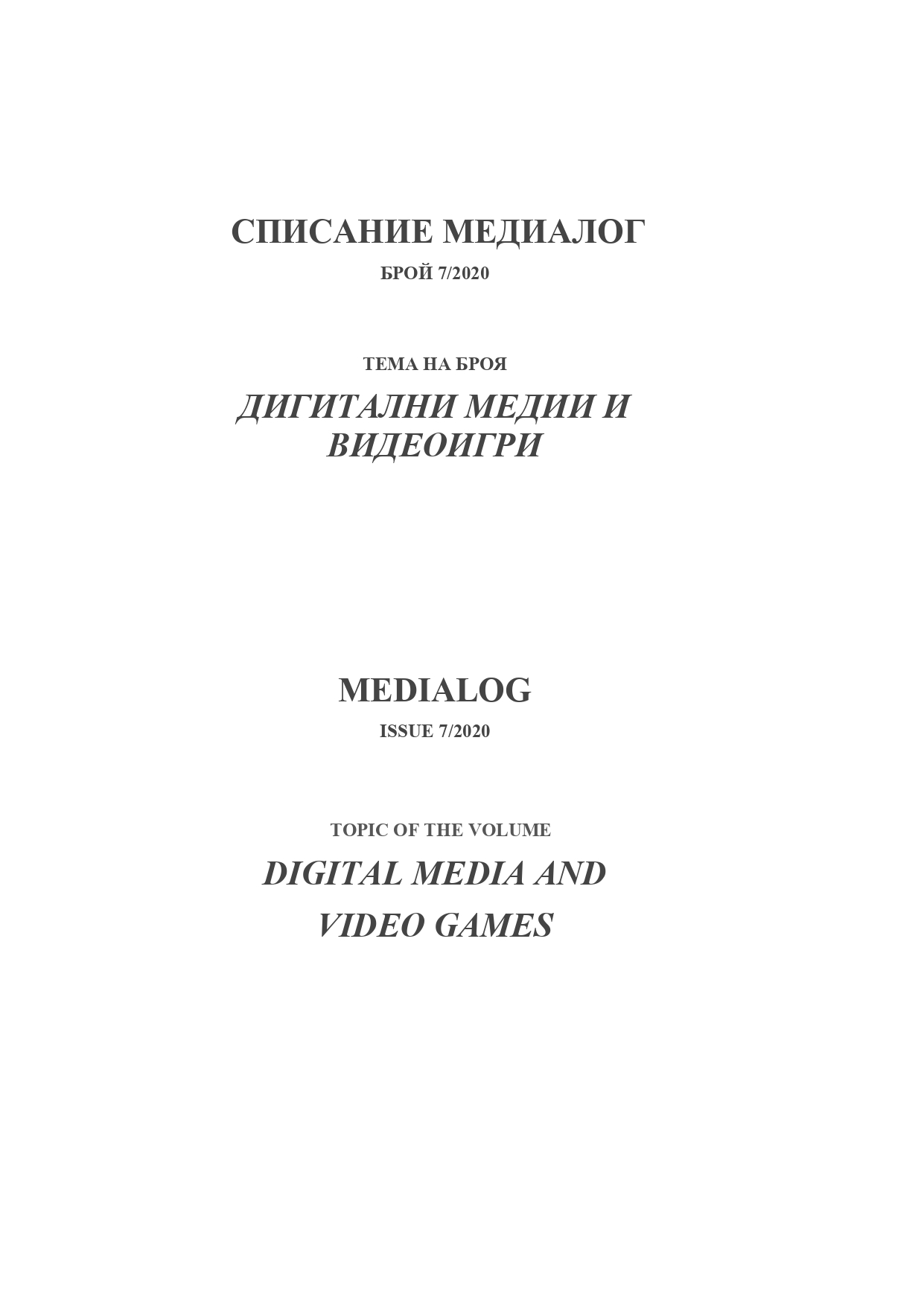
The article’s goal is to imagine a productive form of teaching creative writing as part of a Master's program in fields only remotely connected to literature and literary studies, such as digital media and videogames research. The text begins with a discussion on talent as the ability to perceive and submit to adequate and working models of writing. The topic is then further developed by analyzing talent within the framework of specific creative tools such as close reading and worldbuilding. Finally, the idea of creative writing as a model oriented and model guided activity is connected to the nature of the computer game as a space inhabited by a variety of new discourses, which the player - like a careful and attentive reader – has to learn to read and work with, thus making them part of her personal experience.
More...
Ralitsa Kovachevs’s new book on international journalism continues the story of how Bulgarian media cover world topics and problems. The author focuses on the opportunities for “getting to know the spatially distant, which is actually very close in time”, provided by professional journalism.
More...
A review of the collection “The Soft power of popular music in media (by examples from Bulgaria and the Balkans”, comp. Lozanka Peicheva. Sofia: “St. Kliment Ohridski” University Press, 2020 (160 p.). The collection is part of research collective’s work on the eponymous scientific project “The soft power of popular music in media (by examples from Bulgaria and the Balkans”, financed by the Bulgarian national science fund.
More...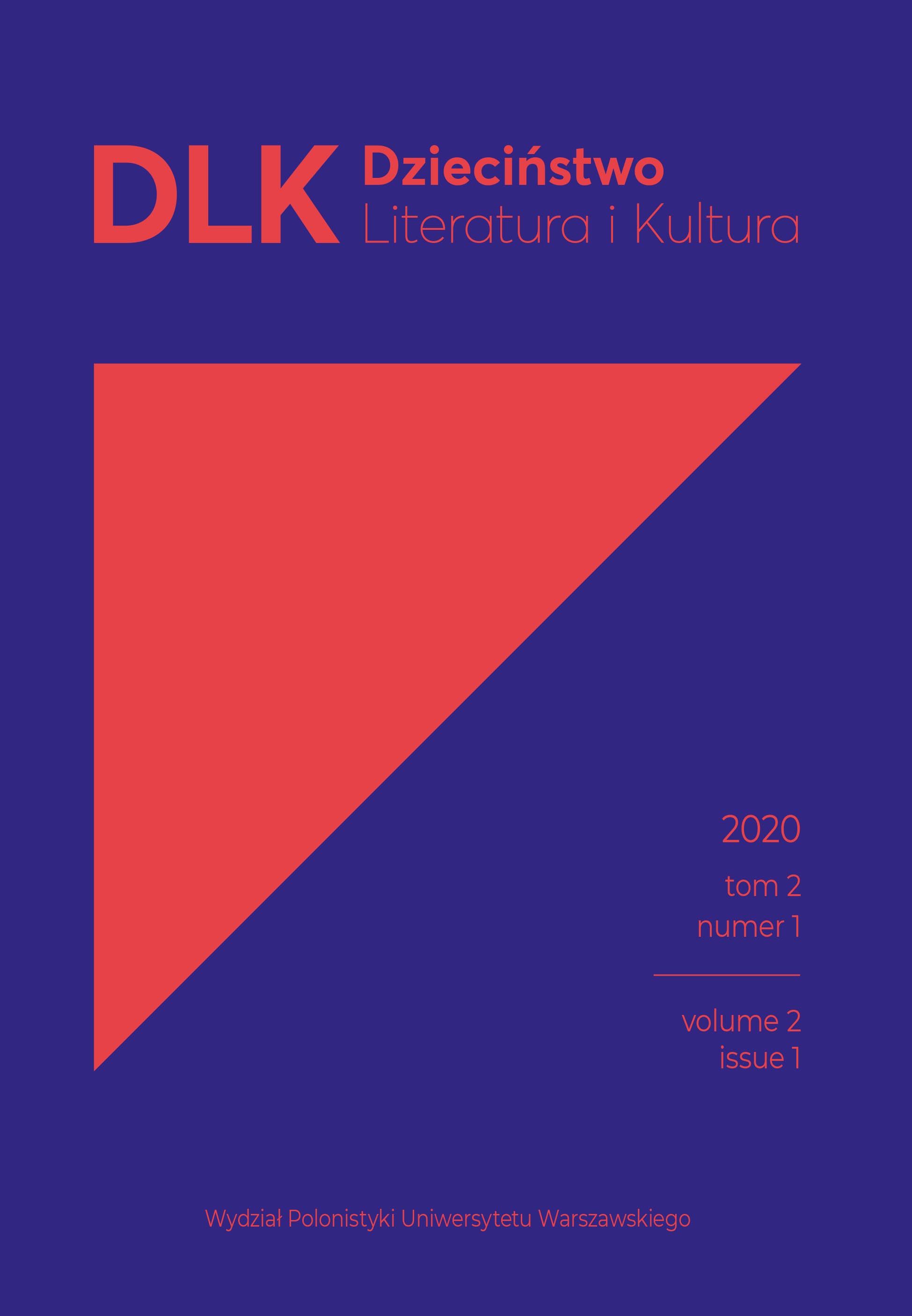
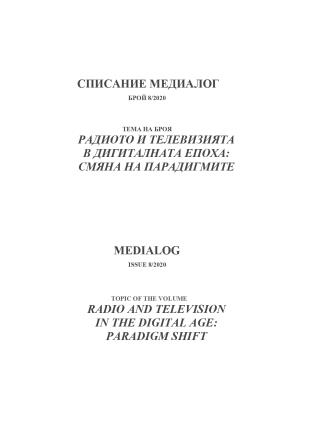
The study focuses on part of the submerged heritage under the waters of several dams in Bulgaria (Ovcharitsa, Rozov Kladenets and Tsonevo). Popular folk singers (Stefka Sabotinova and Penka Pavlova) and singing groups and local singers („Sminana Kitka“, Silvia Dimitrova), who keep songs from the sunken villages, are presented. The focus is on research and knowledge of folklore as a pillar of memory, in the case of the village of Asparuhovo, near and under the waters of Tsonevo Dam. Emphasis is placed on the role of various media and especially digital new media spaces for the „emergence” of the traditional song heritage from the villages left at the bottom of various dams.
More...
Two decades after the publication of the Green Paper on the convergence (1997), radio and television are not only creating and disseminating more and more digital content through digital technologies but are striving for an increasingly integrated online presence. Along with search engines, internet platforms have become an important intermediary between media service providers and audiences whose habits have changed dramatically in the second decade of the 21st century. Broadcast media (BM) have no choice but to be where the users of media content are - content of different quality, origin, purpose, logic of distribution. At the same time, audiences are overwhelmed with mis- and disinformation, which often comes from fake pages and profiles posing as legitimate media organizations, and set against trustworthy media and journalists from public figures. This creates an information crisis, which can be counteracted both by legislative measures and by empowering the audience with media literacy. And while the implementation of educational reform is a slow process, the BM, which still have the largest audiences and are most trusted, can play an essential role in increasing the media literacy of citizens. A function of great public importance, at the same time entirely in their interest.
More...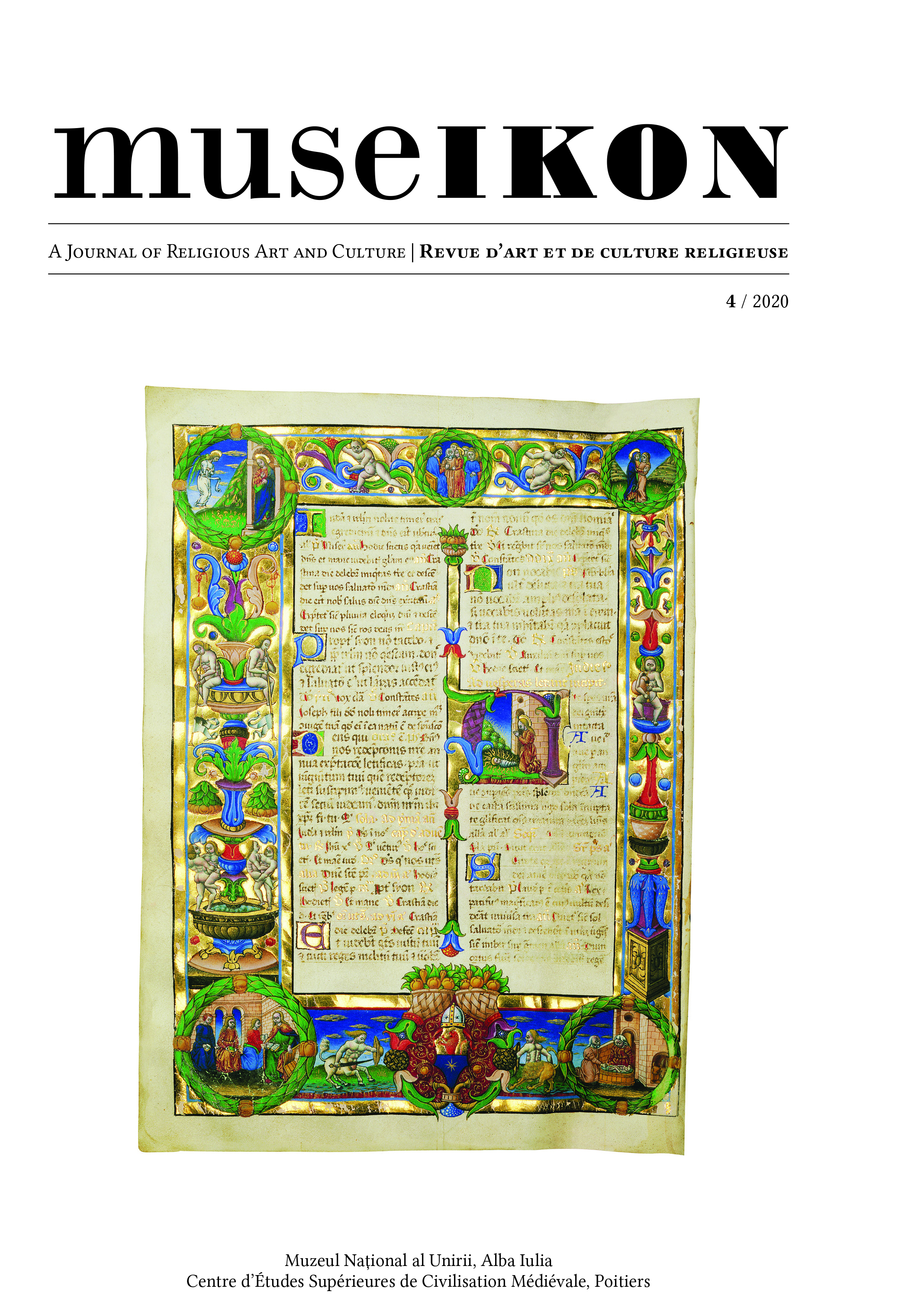
Dès le milieu du XXe siècle, les chercheurs bulgares s’intéressent à l’étude des œuvres d’art religieux russe qui sont arrivées dans l’aire culturelle bulgare; mais ces études n’ont jamais été menées de manière intensive. Les futures approches devront collecter, cataloguer et étudier les collections plus importantes d’icônes, d’estampes et d’objets russes de culte, en rassemblant toutes les informations nécessaires qui concernent les modalités d’acqui- sition de ces objets, leurs donateurs et leurs histoires individuelles. Une attention particulière devra être accordée aux peintres russes qui ont vécu en Bulgarie, ainsi qu’aux Bulgares qui ont étudié les arts en Russie, sachant que ces derniers ont peint des icônes après le retour en Bulgarie. L’influence de l’art orthodoxe russe sur les sujets abordés et les styles utilisés dans l’art bulgare pourra compléter ce panorama. La présente étude se propose de faire le bilan des recherches en cours.
More...
L’étude examine les raisons pour lesquelles les icônes russes, ou imitant un style russe, sont devenues des objets à la mode, commercialisés en Grèce du milieu du XIXe au début du XXe siècle. Elle met ainsi en lumière un phénomène social : la diffusion et la popularité des icônes russes dans ce pays, mais aussi au Mont Athos – une région considérée comme étant le ‘gardien’ de la tradition orthodoxe et de l’authenticité qui faisait encore partie de l’Empire O1oman pendant l’époque en question. Les conséquences de ce1e circulation sont également analysées. Ce phénomène culturel a mené à une banalisation du commerce des icônes et à une confusion croissante entre le domaine de la spiritualité et celui des transactions économiques. La production d’icônes émerge donc comme une arène d’intérêts concurrents; ce qui révèle l’asymétrie de l’influence que la Grèce (un état récemment fondé et économiquement instable) et l’Empire russe exerçaient dans le monde orthodoxe.
More...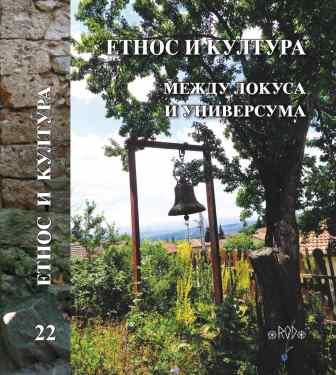
The article is focused on a specific type of artifacts, made on the terrain from clay and then roasted. In most cases they have been created in Thrace in the period III-I cent. BC. In our archaeological literature they are denoted by the Greek word “eskhara” (platform for sacrifices), but we shall use here the term “altar”. In the process of the archaeological excavations many factors directly affect the stability and integrity of the altar and determine the appropriate restoration methodology. In the Bulgarian archaeological practice over the past decade restorers are usually not included in the terrain work. This approach brought to extremely negative results and irreversible loss of valuable information. Incompetent treatment and storage of the altars makes the archeological study senseless, hinders the identification and scientific interpretation of the altars. The author insists that a change in the treatment of the Thracian altars has to be done.
More...
Georgian ecclesiastical hymns and folk songs are perceived within one musical language. However, the stylistic palette of Georgian song is more diverse than that of generally more regulated chants. Nevertheless, Georgian church chants made a significant contribution to the development of expression techniques of Georgian folk music tradition. Apparently, This tendency was more manifested in the following directions: • Increase in the melody volume and centonization principle (linking the phrases) in the songs; • Differences between Acharan and Gurian songs through the Prism of changing religious situation; • Structural and dramaturgical proximity of Svan hymn-like songs and mourning song “Zari” to church hymns; • Similarity of “ghighini”, festive hymns and some merry songs, as well as “live lie” songs with church hymns; • Modal mode and parallele voices in para-liturgical hymns and folk songs.
More...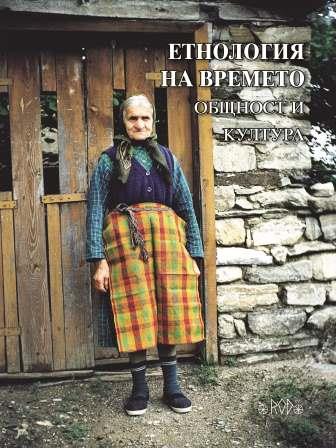
According to the definition by ICOM, „A museum is a not-for-profit, permanent institution in the service of society that researches, collects, conserves, interprets and exhibits tangible and intangible heritage. Open to the public, accessible and inclusive, museums foster diversity and sustainability. They operate and communicate ethically, professionally and with the participation of communities, offering varied experiences for education, enjoyment, reflection and knowledge sharing.“ (https://icom. museum/en/resources/standards-guidelines/museum-definition/) At first glance, the museums in Bulgaria, and correspondingly those in Southwestern Bulgaria, adhere to the definition provided by ICOM. They are non-profit institutions and engage in research, collection, preservation, interpretation, and presentation of tangible and intangible heritage. However, upon closer examination and precise analysis of their structure and operations, we would have to classify museums as serving administrative bodies rather than serving society. According to Article 25, paragraph 3 of Regulation No. N-00-0001 of February 14, 2011, concerning field archaeological research, public access to archaeological documentation is severely limited, and comprehensive access to the full range of archaeological materials is practically impossible. In practice, visitors have access to minimal artifacts and information, which need to be improved to create a fundamental understanding of the respective archaeological culture, settlement, or structure. There are no annual, medium-term, or long-term plans for archaeological, ethnographic, historical, interdisciplinary, or exhibition development. There is no strategy for restoration and conservation. Practically no activity is conducted regarding intangible cultural heritage. The closure of museums in Southwestern Bulgaria within municipal administrations and their limited resources restricts public interest in museums and their capabilities. In order to compensate for this, as well as to be attractive to society, museums shift from presenting culture to presenting shows. Instead of authenticity, reconstruction, a product of the subjective views of specific researchers, is exhibited. The article directs the attention of museums and their activities towards the needs and resources of society. If museums have real, not fictitious, communication with society and scientific communities, they will achieve sustainability and a real presence in cultural life.
More...
In 2011, the author noticed in the city of Russe four cast-iron pillars abandoned in a small garden. After 2012, they disappeared. The pillars are believed to have been manufactured by the Austrian company Waagner & Biro and transported to Russe in the late 19th or early 20th century. They are part of the modernization process of Ruse after the Liberation from Ottoman rule. The article describes and analyzes this artifact in order to preserve the information about it as a part of the cultural history of Russe. The author proposes several hypotheses about the nature and the purpose of the pillars.
More...
The Bulgarian photographer and researcher, Petar Boev, was appointed as the leader of the first journalistic delegation that visited Vardarska Macedonia from June 8th to June 16th, 1942. The delegation visited dozens of towns, capturing moments of the lives of Bulgarians in Vardarska Macedonia. He took over 100 photographs, which are diligently arranged in an album from Petar Boev’s personal archive. The album was entirely designed by Petar Boev, with beautifully written texts. In addition to the texts, a detailed map of the visited places during the journey was drawn. These photographs, besides being exquisite photographic specimens, hold historical and ethnographic significance. They serve as evidence of the authentic way of life of Bulgarians from the Macedonian folklore region, which remained characteristic until the middle of the 20th century. Petar Boev was a prominent figure active in various spheres of Bulgarian cultural life in the 20th century.
More...
Colours are one of the most important signs and symbolic systems in Antiquity. They reflect a certain cosmic symbolism, manifested as deities in various cosmogonies. They are present, always and everywhere, at the core of the symbolic models, and can be examined from both a semantic and a semiotic perspective. The eschatological significance of the red colour in Thracian culture as well as other ancient societies, i.e. the transition from one space to another, is saturated with signs and symbols. According to ancient treatises related to the making of colours and pigments in ancient Greece during the Hellenistic period, ochre was the most commonly used red pigment. The colour reconstruction of cultural values approximates their authentic appearance and is a scholarly contribution to examine and preserving Bulgarian cultural heritage. Research conducted in 2023 on stelae from Apollonia Pontica necropolis proved the use of red ochre in their inscriptions. The findings of the study confirmed that the verification and valorisation of the cultural-historical heritage of Thracian civilization, particularly in terms of painted decoration, are a necessary consequence of in-depth and targeted comprehensive expertise.
More...
The article explores contemporary tendencies in the art world that incorporate elements from various spiritual practices and customs to reinterpret cultural identity and community. This analysis focuses on the methods by which filmmakers and theatrical creators embed mythological and ritualistic elements into their narrative structures to reach deeper levels of perception and stimulate the audience’s imagination for reconsidering existence in a new context.
More...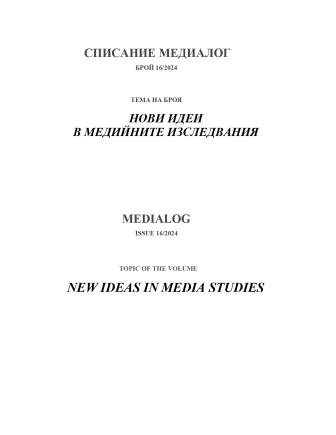
Mobile Journalism is often the subject of debate - is every journalistic assignment outside a studio or newsroom Mobile Journalism and whether the mobility of devices makes journalism mobile? This study presents another angle to the topic of Mobile Journalism, namely focusing on Smartphone Journalism. Why does one particular device stand out among the many technological innovations? The revolution in the field of journalism comes precisely from smartphones due to a specific reason – the liberalization of content distribution channels. These are the first devices in such a wide-scale use, where traditional media systems no longer control the channels for content to reach audiences. The article presents data, collected as part of the International Project: “Mobile Journalism Practice and Education in Central-East European Countries”
More...
The text explores laughter in the Horizont za vas show on the Bulgarian National Radio during two election campaigns for parliament. It analyses the dialogues with listeners and the documents that regulate what is legally acceptable to discuss during a campaign and what is not. The rare instances of on-air humor are not sought by journalists in purpose, and in most cases, are not intended by the audience either. The topics discussed, including the elections, are not approached through humor. The attempts to control communication on both sides are notable. Political satire is not present in the studio, domesticated by the contenders vying for power.
More...